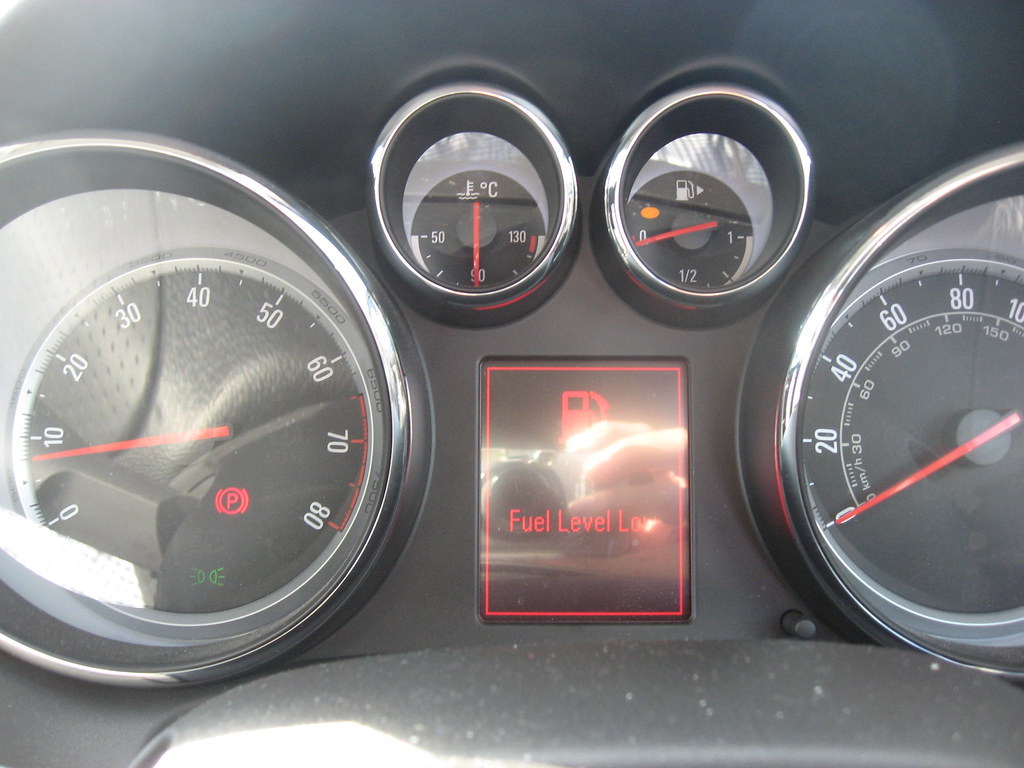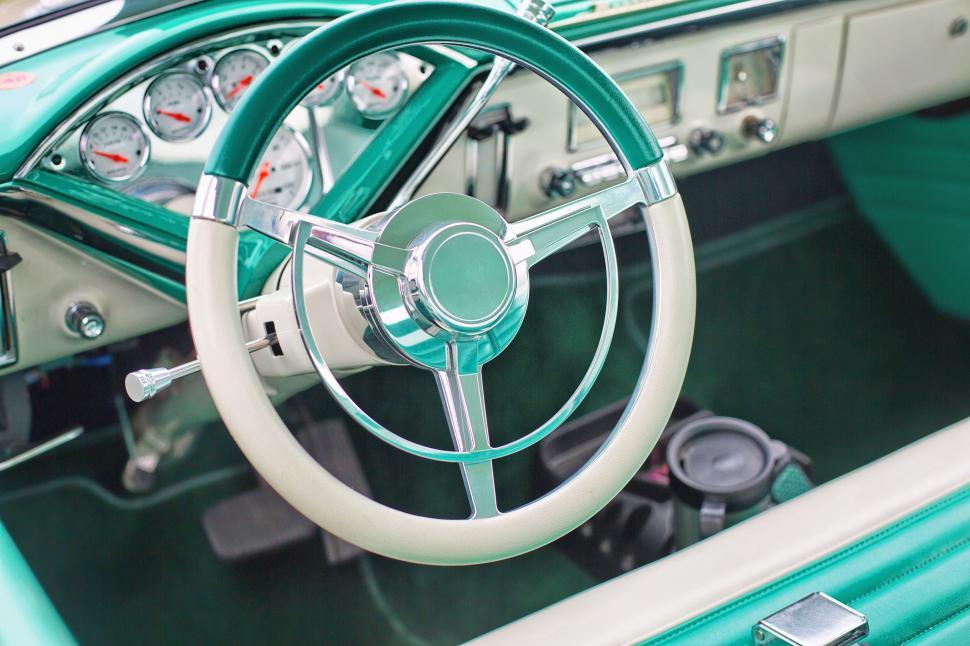Have you ever found yourself glancing at the fuel gauge, watching the needle hover precariously close to ‘E’, and thought, ‘Maybe I’ll squeeze out just a few more miles before I fill up’? You’re not alone. It’s a common belief that the less fuel you carry, the lighter your car, and the better your fuel economy. But is this just a penny-wise, pound-foolish approach to driving? Let’s shift gears and explore the truth behind fuel weight and its impact on your car’s performance.

The concept is simple: a gallon of fuel isn’t just a nebulous unit of energy; it has mass—about six to eight pounds per gallon, depending on the type of fuel. So, if you’re the proud driver of a vehicle with a 12-gallon tank, you’re potentially adding an extra 72 to 96 pounds of weight when you fill up. The logic follows that if you only fill your tank to half, you’re saving yourself from lugging around the weight of those extra gallons. And weight, as any seasoned driver knows, is the enemy of efficiency. More weight means more work for your engine, and more work translates to more fuel burned, right?
While it’s true that reducing weight can improve fuel economy, the savings from this practice are, to put it bluntly, minuscule. The weight of a full tank of gas is a fraction of your vehicle’s total weight. For most cars, the fuel weight represents less than 5% of the vehicle’s total mass. So, when you’re running on half a tank, you’re not really giving your car a break; you’re just giving yourself a false sense of efficiency.

Suppose you’re a die-hard ‘half-tanker’, always filling up when you hit that halfway mark. You’re consistently driving with at least 6 gallons of gas—around 36 to 48 pounds of fuel. If you push your luck and drive until the tank is nearly empty, sometimes you’re carrying significantly less. The question is, does this weight difference translate to a noticeable improvement in your average gas mileage?
The fuel savings from reducing that 60 pounds of weight are so negligible that they’re overshadowed by the myriad of other factors that affect fuel economy. These include driving habits, vehicle maintenance, tire pressure, and even the aerodynamics of your car. In other words, the weight of the fuel in your tank is just a drop in the efficiency bucket. In the grand scheme of things, every effort to improve fuel economy is worthwhile. But let’s be practical. The amount of fuel you save by running your tank lower isn’t going to be the windfall you might expect. In fact, the risks associated with this practice far outweigh the benefits.
Running on a low fuel level isn’t just about stretching your dollar; it’s a gamble with your vehicle’s health. The potential short-term problems include stalling, reduced performance, and even damage to your fuel pump. These issues can crop up when your engine struggles to get enough fuel, or when your fuel pump overheats from sucking in air instead of fuel.

But the real kicker comes with the long-term problems. Regularly running your tank down to fumes can lead to fuel injector clogging and catalytic converter failure. These are not just minor inconveniences; they’re expensive repairs that can cost you far more than what you might save at the pump. And let’s not forget the debris and sediment that can accumulate in your fuel tank. If you’re always running low, you’re more likely to pick up this gunk and introduce it into your fuel system, leading to even more issues. Keeping your tank almost full is safer and more efficient than running it low. Ignore the myth of improved fuel economy with an empty tank.
Diving deeper into the topic, let’s explore the real costs of running your vehicle on fumes. It’s not just about the immediate inconvenience of stalling or reduced performance; it’s about the long-term health of your car. Running on a low fuel level is akin to running a marathon on an empty stomach – sure, you might make it to the finish line, but at what cost to your body? Similarly, your car might keep chugging along, but the internal wear and tear could lead to a hefty bill down the road.
Let’s address the elephant in the room: the fuel pump.
This little device is the heart of your car’s fuel system, pumping gasoline from the tank to the engine. It thrives in a cool, liquid environment – think of it as a fish that needs water to survive. When your tank’s fuel level drops, the pump is exposed to air, which doesn’t have the same cooling effect as fuel. This can cause the pump to overheat and wear out prematurely. And replacing a fuel pump isn’t like changing a light bulb; it’s a costly affair that can run up a bill in the hundreds, if not thousands, of dollars.
But the fuel pump isn’t the only component at risk. Low fuel levels can also lead to fuel injector clogging. Your car’s fuel injectors play a crucial role in delivering a fine mist of gasoline to the engine for combustion. When they get clogged with debris from the bottom of a nearly empty tank, the engine’s performance can suffer. It might start with a sputter here and a hiccup there, but it can escalate to a full-blown engine misfire. Cleaning or replacing fuel injectors is another expense that can be avoided with better fuel management.
The catalytic converter reduces emissions in your car’s exhaust.
It’s a sensitive piece of equipment that doesn’t take kindly to poor fuel mixtures that can occur when fuel levels are low. If damaged, a catalytic converter replacement is another significant expense, and driving with a faulty one can lead to decreased performance and fuel economy, not to mention the environmental impact.
Remember the sediment and particles that can build up in your fuel tank.
These are the dregs of your gasoline, and they’re no good for your engine. Running your tank low increases the chances of this sediment being sucked into the fuel system, leading to a clogged fuel filter or, worse, damaging the internal components of your engine.
What’s the best practice for fuel management?
The consensus among experts is to keep your tank at least a quarter full. This level ensures that the fuel pump remains submerged and cool, and it reduces the likelihood of sediment causing problems. It’s a simple habit that can save you a lot of money and hassle in the long run.
In addition to keeping an eye on your fuel level, there are other ways to maximize your fuel economy and protect your vehicle. Regular maintenance, such as checking tire pressure and changing the oil, can improve your car’s efficiency. Driving habits also play a role; aggressive acceleration and speeding can guzzle gas and put extra strain on your car’s components.
Running low on fuel doesn’t improve economy; it harms the car. Keep the tank filled for better performance and savings.
Related posts:
Is It Bad to Wait Until the Fuel Light Comes on Before Filling Up (Or Is It a Myth)?
How Low Should You Let Your Gas Get?
Don’t gamble with your gas tank: Why going below a quarter tank can cost more than a fill-up





